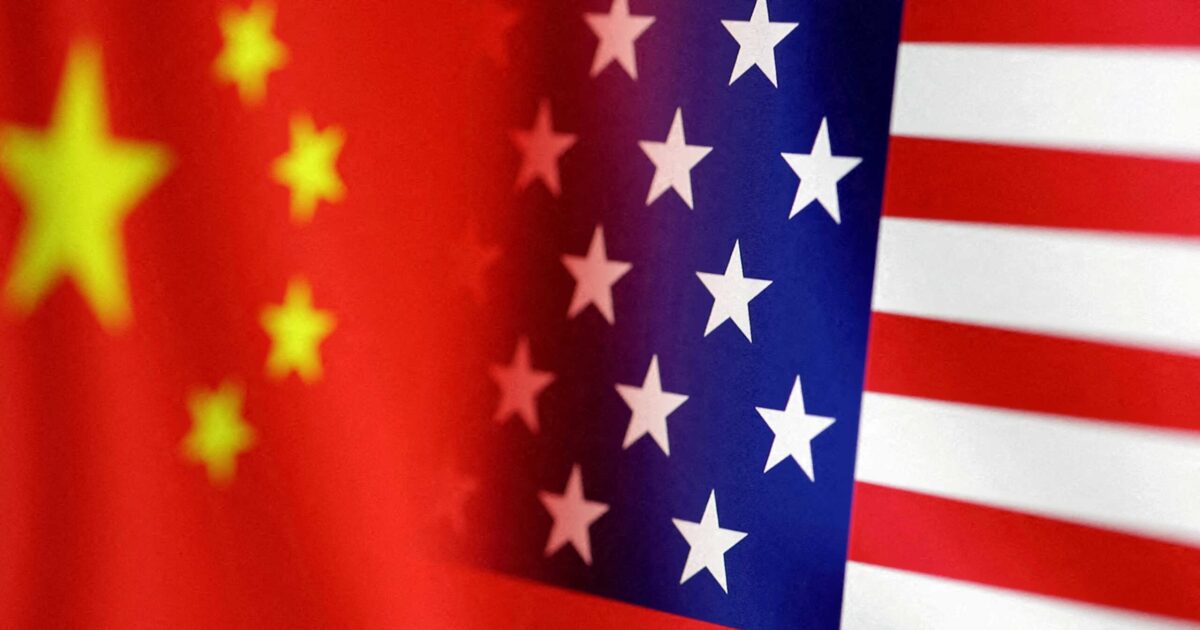The last round of commercial conversations between USA and her China In Stockholm, it ended on July 29, with no agreement. The 90 -day truce announced in May after the Talks in Geneva suspended the escalation of the trade war among the world’s largest economies, which had threatened to impose more than 100% duties on each other.
After meetings in Geneva, the US duties Chinese products decreased from 145% to 30%, while China’s retalies decreased from 125% to 10%. Although both China and the US have stated that it is open to the extension of negotiations beyond the deadline of August 12 and to avoid increasing duties at pre -Geneva levels, significant differences remain unsolved after conversations in the Swedish capital, according to Deutsche Welle.
This last round of negotiations “has not shown a real difference from the two previous ones” and continues to reflect “a case of waiting for a change,” said Claus Soong, an analyst at the Mercator Institute for China Studies (Merics) in Berlin.
Deadlock on both sides
Whether the pause is extended is now up to US President Donald Trump, who is expected to decide after full information. Finance Minister Scott Bessed, who led the US delegation in Stockholm, described the meetings as “constructive”, but stressed that “nothing has been agreed until we talk to President Trump”.
US officials warned that failure to reach an agreement could lead to an increase in tariffs on Chinese products at three -digit levels. China has confirmed its efforts to extend the 90 -day suspension of most mutual duties.
The trade dispute between the US and China, as well as the commercial policies of the US leader with the most partners in his country, have caused global uncertainty and have influenced economic growth.
And while the International Monetary Fund (IMF) stated that the recent relaxation of some duties contributed to increased global growth in 3%, it warned that the highest duties would create greater uncertainty that could lead to a slowdown in economic activity.
Saving time until meeting between xi and Trump
Patricia Kim, a researcher at John L. Thornton China Center of Brookings Institution, said that in recent weeks both sides seem to mitigate their rhetoric, “showing mutual interest in creating the conditions for a leader level.”
Although no agreement has been announced, both sides seem to have “achieved their immediate goal from this meeting – to extend the trade truce, saving time to work towards a broader agreement that Presidents Trump and Si Jing could be approved when they met.”
There are reports that the two leaders could meet on the sidelines of the Asia-Pacific Economic Cooperation Summit that will take place in South Korea from October 30 to November 1st.
Trump denied this week that he was “seeking a summit”, though he did not rule out the possibility of traveling to China to meet with Si Jing.
The US delegation participated in the talks in Stockholm a few days after Trump’s agreement with the EU, which, according to many in the Union, favors the US.
The US also recently signed agreements with Japan, the United Kingdom, Vietnam, Indonesia and the Philippines, reinforcing the trade delegation in Stockholm as it renewed talks with China.
Rare Gaes against Artificial Intelligence Chips: Strategic Trading Tools
A key element of confrontation concerns China’s dominance in the field of laughter and US restrictions on exports artificial intelligence chip.
In London’s commercial talks in June, export controls were officially included in trade discussions, an unprecedented move that blurred the boundaries between trade and national security.
After London, both countries have shown that they may relax restrictions on exports of rare land and semiconductors.
According to Merics expert, Soong, China has the upper hand in this area, as the “chip card” is less effective than rare metals.
“China can take advantage of its control on the global market of rare earths and magnets that are vital to the global car, semiconductor and aerospace industries. Controlling rare earths is the real problem, “Soong added.
Duties for fentanyl
In February, Trump imposed a 20%duty, claiming that China had not limited exports associated with fentanyl remain in force.
In a move that was widely regarded as a sign of goodwill and an attempt to alleviate commercial tensions, at the end of June, Beijing added two Fentanyl precursors to the list of controlled substances.
Although this move created hopes that the relevant duties could be lifted, Sung warned that “fentanyl -related duties seem to serve as a pretext.”
“Since their abolition would reduce the total tariff rate to just 10% – possibly below the levels applied to Japan and the EU – such a move seems unlikely,” he said.
Soong added that even if the 20% duty is abolished for fentanyl, “corresponding measures will probably be reinstated by different justification”.
Broader strategic and economic issues
In an interview with Fox Business before talks in Stockholm, Bessed pointed out that China represents 30% of world exports of processed products.
“It should not be increased further,” Bessed said, adding that China “is a non -viable, historically or more unbroken economy, and therefore a shift to an economy focusing on domestic consumption”.
According to analysts, given the recognition of these economic imbalances by China itself, US concerns about China’s surplus capacity or the need for growth with a view to consumption can be manageable.
Some of their interests are common, in particular the markets of non -strategic US products from China, Chinese investments in non -sensitive US sectors and the cooperation of the Fentanyl sector. However, when the negotiations go beyond trade and enter the strategic sector, they will become more difficult. It is difficult to imagine that Beijing will agree to join the US against partners’ strategies.
